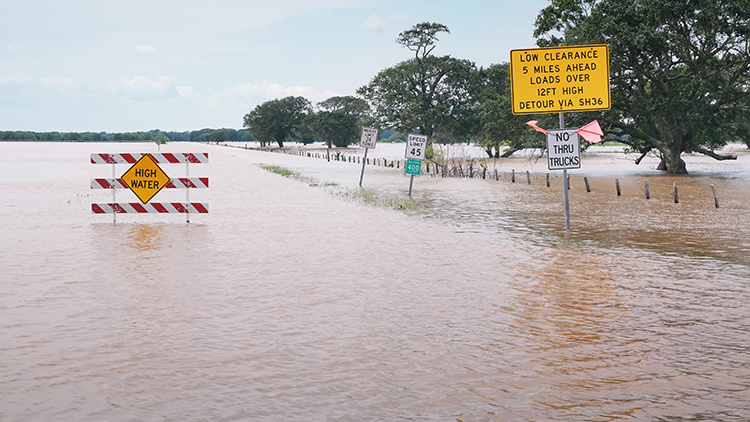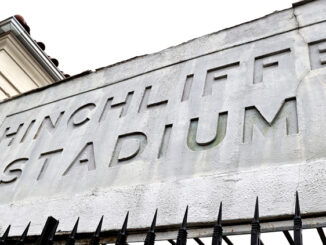
When there is a lot of rain in a short time, puddles form on pavements and roads. Riding your bike through deep water on a street can be fun! Sometimes, though, there is too much excess water. Heavy rain or large amounts of melting snow cause water to cover land that is normally dry. The result is called a flood.
Natural hazards, like floods, hurricanes, earthquakes, and fires, are extreme events that naturally occur and can cause harm. Unfortunately, they will always occur. The good news is we can learn about them to help keep us safe.
We can protect ourselves from natural hazards by preparing for them. One way to do this is predicting where the event most often occurs. For example, in the United States, hurricanes happen more in the Southeast, fires happen more in the Southwest, and tornadoes happen more in the center. Another way is by predicting when a natural hazard may occur by studying patterns of weather and geological events.
It is important to know what types of natural hazards might happen in an area so the people who live there are prepared. Building structures can be designed to withstand severe storms. Evacuation routes and safe shelters for emergencies can also be put in place.
Sometimes natural hazards happen without any warning. Having a disaster plan before, during, and after a severe weather event is the best way to protect communities against natural hazards.
What Can You Do? Flash floods are the #1 weather-related killer in the United States. Do you know the difference between a flood watch and a flash flood warning? What can you do to stay safe during a flash flood?
Reading Response Click on this link to respond to your reading. Print out the response page or upload it to your classroom site.
Photo Credit: IrinaK/Shutterstock



